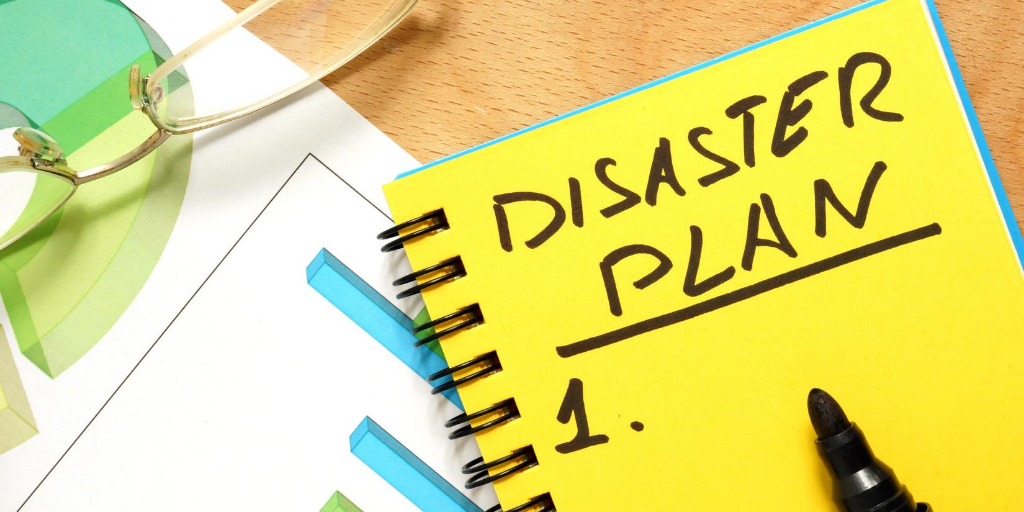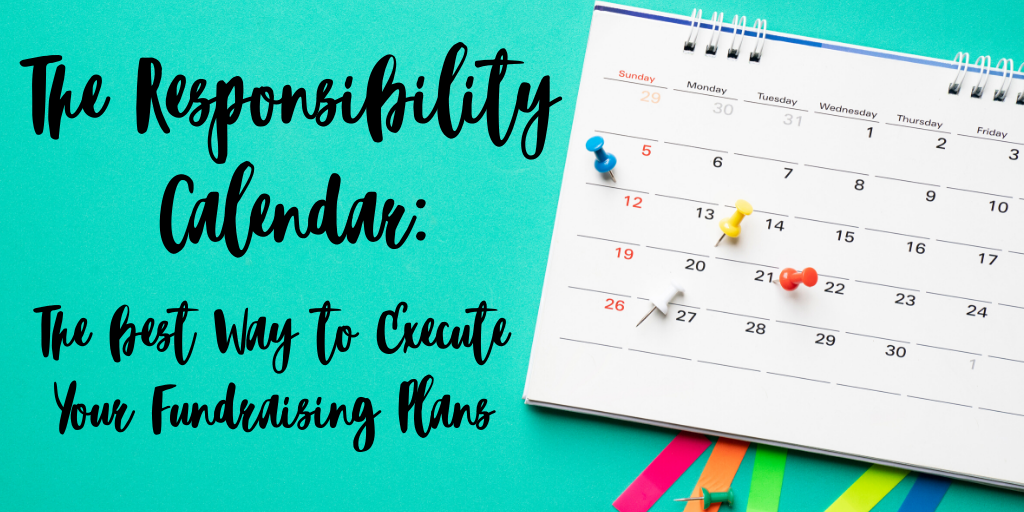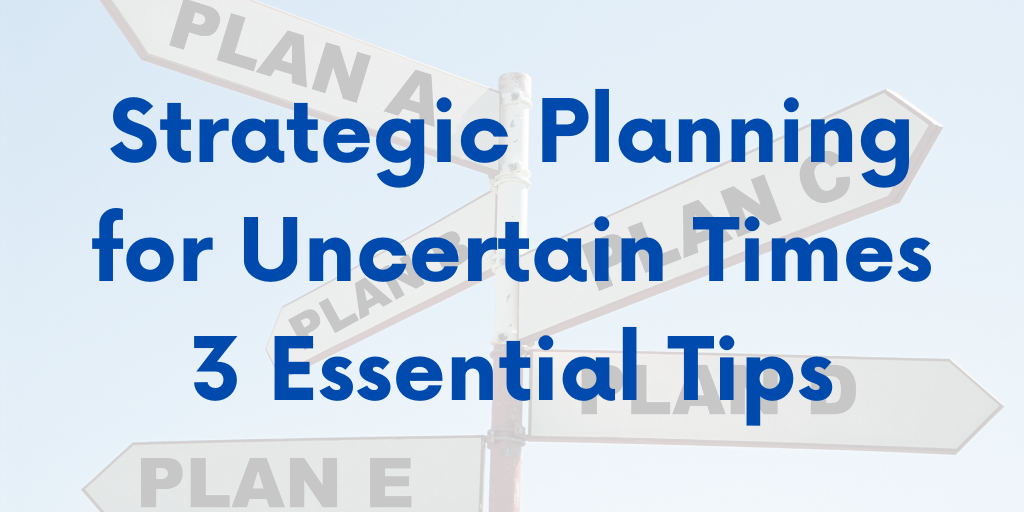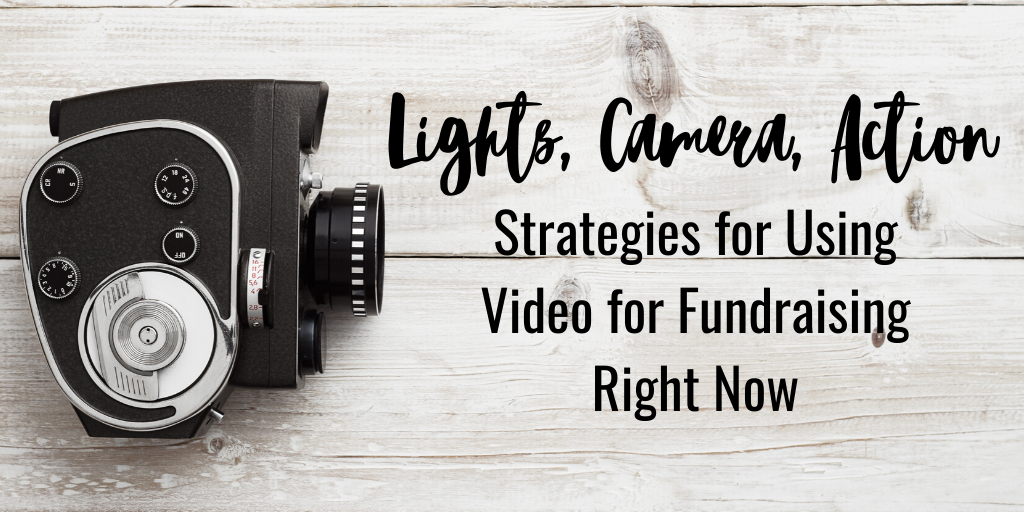|
On February 10, 2013, I was home with my 3-year-old daughter. The tornado siren had been going off for hours but there wasn’t even any rain. I was annoyed because my daughter couldn’t nap with all the noise. Suddenly, it started raining and I felt a weird pressure in the house. Someone posted on Facebook that a tornado was nearby. I grabbed my daughter and put her in the center hallway. When I grabbed the doorknob to shut it behind us, it flew out of my hand. What followed was the longest 90 seconds of my life. That tornado was an EF-4 and it had ripped not only through my town, but right across the front part of the university campus where I worked. We had something like 20 pine trees in our yard. After this, we had maybe two. We fared better than some neighbors, who had their homes leveled. The campus had significant damage. Our alumni house looked like it had been bombed. (I lived about half a mile away and we found pieces of the Spanish tile roof from our alumni house in our laundry room that was windowless.) Southern Miss lost over 100 trees on our verdant campus, including many gorgeous live oaks. At the time of this event, I had been promoted from one job which I was still doing until my replacement could be trained, held my new position, and another interim position. My boss was holding his position and an interim position. Five positions between the two of us. I was living with a co-worker for two weeks and moving since our landlord didn’t feel that making our rental home livable was a priority. To say it was a tough time would a bombastic understatement. And yet, we managed to get things on track and raise incredible amounts of money for relief and recovery. I grew up in Mobile, Alabama and so hurricane preparedness is a part of life. But, this experience made me an advocate for disaster preparedness at work. Let’s face it: One part of strategic planning that often gets overlooked is preparation for times when things go wrong. I think the pandemic has made that plainly obvious. Here are a few things I’ve learned that can help your office weather (pun-intended) this pandemic as well as any future disasters that may come your way. WHAT ARE YOUR DISASTERS?Every area of the country has likely disasters. In California, it is earthquakes. In the Gulf South where I live, we prepare for tornadoes and hurricanes. What is likely where you live and work? Are you truly prepared for that? You need specific plans in case your office, your employees, or your constituents are impacted by a natural disaster that you can (if not predict) forecast as likely at some point. REVIEW PROTOCOLS AS A TEAMSit with your team and review disaster protocols at least once a year (preferably twice). At one of these meetings, we reviewed active shooter protocols as a group. In our office, finance employees worked on one hallway and fundraisers on the other. We learned in that meeting about a back staircase none of the fundraisers even knew about. That information could have been lifesaving! BACK UP FILES AND DATAYes, back data up regularly to file sharing, cloud-based software. But do not only depend upon that! If power and/or Wi-Fi is out for an extended period, this will do you little good. I recommend every employee saves essential files to a thumb drive at least one (preferably twice) per year. Those files should be turned in and kept off-site (perhaps the CEO’s home). This can get everyone up and running again quickly in an emergency. CROSS TRAIN EMPLOYEESEvery major task should have a primary and secondary. Someone who usually does the job and a backup person who knows how to do the job if necessary. If only one person knows how to send out a mass email message, and that person’s home just got destroyed in a disaster, your organization will not have the human resources to communicate with constituents at a pivotal time. Make sure you cross-train and that it is documented who knows how to do which tasks. FACILITATE COMMUNICATIONKeep a phone list of all employees’ cell phone numbers and be sure to include important partners and vendors on this list. It should be updated and distributed in hard copy and digital formats twice per year. Office lines will not matter if the city is flooded and no one can get into work. Or a global pandemic requires everyone to start working from home on short notice. You will need cell phone numbers. MAKE REMOTE WORK EASYI was flabbergasted to learn that some non-profits still had fundraisers working with desktop computers in 2020. I learned this because some folks were still being made to come into an office for far too long into the pandemic because they didn’t have the technological resources to work remotely. Probably most offices are on top of this by now, but please make sure your folks have what they need to complete their mission from anywhere: including equipment, software, and communication services. Taking these steps will put you on the path to disaster-proofing your office. This level of preparedness means that you are ready to continue your mission regardless of what challenges come your way. You owe it to yourself, your employees, and your constituents to take whatever steps you can. What plans have you made (or has your office made) to be prepared for likely disasters? Are there some tips I'm missing? Let me know in the comments! Cheers, PS: If you liked this post, you may also like these:
PPS - I hope you’ll continue the conversation by subscribing to Real Deal Fundraising. When you subscribe, you’ll get my FUNdraising Friday emails, which includes the best articles on fundraising, productivity and cool stuff every week. The whole thing is weekly curated awesomeness as well as freebies like webinars, instructional videos, and whatever else I can put together to be helpful to you! As non-profit pros and fundraisers, we spend a ton of time conceiving and drafting our annual plans. We toil over previous year's results and meticulously project next year's returns. We carefully craft case statements and conduct bench-marking studies. We calculate budgetary needs and return on investment data. Then we present it to our managers and get approval. Then what? It may live in a drawer or worse yet, as a file on our computers, in a lonely folder labeled strategic planning that may not get opened again until it's time to do it again next year. Inevitably, the winds of expediency, crisis, and change cause us to deviate from our plans and we arrive at the end of the year wondering what could have been. The secret to making your plans become a living document is . . .A calendar. Yep, the big secret is a calendar. Not just any calendar though. It's a calendar with a specific purpose and method built around it that will keep you, your team, and most importantly your plans on track. Best of all, this method embraces change and allows you to MINDFULLY shift gears when necessary. Let me explain some of the basic components of the "Responsibility Calendar" as I call it. List Major Tasks Month by MonthThe Responsibility Calendar is not arranged by day or even week. It is organized as a simple list of things that need to happen (from your strategic plan) each month of your fiscal year. That's it! If your fiscal year begins in July, write a header for July and then list bullet points for each task that needs to be accomplished that month. Repeat for each month in the fiscal year. Assign Primary and Secondary ResponsibilitiesOnce you have the list of tasks organized by month, you need to assign a position to hold responsibility for each task. You want this to be the title of the position responsible, not the name of the person. This prevents having to update the calendar each time you have any staff turnover. The person with primary responsibility for each task will be the project lead on that task. Then you should assign another position the secondary responsibility for that task. The secondary can be any or all of these things: 1) the support person on the project, 2) the backup person who cross-trains to learn this task in case of emergency or sudden staff turnover, or 3) the staff person who partners on this task but isn't the lead. Think of the primary as "Batman" and the secondary as "Robin" or primary as "Lucy" and the secondary as "Ethel". It's crucial you assign responsibilities so everyone is clear what they need to be working on and who will be held accountable if the task is not completed. The secondary is essential for cross-training and having someone ready to step in if the need arises. Let the Calendar Guide Your Monthly MeetingsOnce you have your responsibility calendar, it needs to guide your monthly meetings with your fundraising team. You should follow a three step process for using the calendar in meetings:
This practice will revolutionize your operations. To go even further, on your quarterly meetings, review the entire plan and see how you are tracking towards your projections. It's totally worth it. And in these meetings, if you cannot handle the workload of a particular task or you don't have the resources to get the item done, you can mindfully decide to remove it from the calendar and table it for next year. No more wondering why you didn't get to a particular project at the end of the year! How do you make your strategic plans come alive? What's your best advice for staying on track with plan execution? Let me know in the comments. Happy planning! Cheers, PS: If you liked this post, you may also like these:
PPS - I hope you’ll continue the conversation by subscribing to Real Deal Fundraising. When you subscribe, you’ll get my FUNdraising Friday emails, which includes the best articles on fundraising, productivity and cool stuff every week. The whole thing is weekly curated awesomeness as well as freebies like webinars, instructional videos, and whatever else I can put together to be helpful to you! So, last week, I took a little unexpected vacation from this blog. I’ve been posting weekly without fail since the pandemic began (and producing my weekly e-newsletter consistently) and last week we had some shifts in our household that needed my attention more. Thanks for your patience as I took a bit of time to recalibrate. What’s on my mind this week? Strategic planning in uncertain times.I’m going to be offering a webinar for Community Funded next week on this topic and it is something I’ve long passionately advocated for non-profits to do. All too often, we plan as if the sky is always blue and we will encounter no difficulties in our implementation. SWOT analysis attempts to break us out of this kind of thinking by getting us to at least give a passing thought for weaknesses, obstacles, and threats. However, those rarely get incorporated into the final plan. Every single region of the United States is prone to some type of natural disaster, which are not a matter of if but when, and yet very few non-profits take those into account in their annual or longer-term planning. The pandemic has caused such huge societal shifts that we can no longer ignore the impact of global and macro-level changes outside of our control. How can we plan for even a year when we don’t know what the next few weeks or months will hold? Here’s a little preview of the top three things I feel fundraisers should do in their planning during times of uncertainty: MindsetIf you have a defeatist mindset, no amount of planning can help you. If you are so overwhelmed that even the thought of planning and setting a goal terrifies you, there is not much further you can go. Remember: if your mission was important before the pandemic, it is still important. If you had funding needs before the pandemic, you probably have more needs now. Take heart that your loyal donors understand these needs (assuming you are communicating them to donors), and you can surmount the challenges this year will bring. Build Conservative ProjectionsGoals and projections are not the same. You can read my post on that here. This year, you need to build projections from the bottom up. What gifts can you count on? From there, what can you reasonably plan to raise through various methods? Build it up from what you know for sure, to what is likely and then to what you might raise through creative (untested) methods. Keep it very conservative. Under-promise and then over-perform. Leave Room for InnovationDon’t over-plan. This year may have more obstacles and surprises in store. You need to leave some room (both in terms of your time and your budget) to be nimble and take advantage of opportunities to innovate. If you have over-scheduled your year in a desperate attempt to reach unreasonable goals, you will not have any energy or bandwidth to try new things. And what this new environment calls for is smart creativity and innovation. Do you have your fundraising plan in place for next year? Are you struggling with how to put that plan together? What's your biggest question about planning in this environment? It would help me plan my presentation to know what you're thinking. Let me know in the comments. Comments and questions are, as always, welcomed and encouraged! Cheers, Jessica Cloud PS – If you liked this post, you might also like these:
PPS - If you found this article helpful, please comment and let me know. Also subscribe to Real Deal Fundraising so you don't miss a post! You’ll start to receive my FUNdraising Friday emails where I bring you curated information and super cool freebies exclusively for my subscribers! Video is becoming the undisputed winner of internet communication. The statistics before the pandemic were already attention grabbing:
These statistics were from a wonderfully researched infographic that you can view here. But since the global pandemic started, internet usage, and particularly consumption of online video content, has skyrocketed and the statistics are downright dramatic:
Given this reality, how can non-profit fundraisers use this medium to raise as much money for our institutions as possible during this age of social distancing? I’ve been producing fundraising videos (and watching the market for innovative videos) for a long time now, and here’s what I’ve learned: Throw out the rulebookVideo production can seem onerous and even intimidating, like you hire a specialized company to help you with this. But you can do a lot with video without even having to worry about getting a videographer or video editor. Consider this statistic: Viewers retain 95% of the message when they watch it through video. That’s because video combines many elements of storytelling, including visual, auditory, emotion, and music. Essentially, video is more effective than almost any other form of communication because it incorporates visual, sound, and music, which adds a whole other dimension of emotion to it. If you look at the history of art, you can see it evolving from oral recitation, to cave and wall paintings, word on the printed page, other forms of visual art, then eventually you would have them together, like in theater. But it's really when the movie comes around that we see this explosion of interaction with storytelling. Therefore, why you can make missteps with video, you don’t need to worry so much about doing video “perfectly”. If you don’t have the resources to employ a videographer or a fancy consulting company to produce it, do something simple on your webcam or iPhone with a tripod. In this instance, done is better than perfect. There’s no hard and fast rulebook but here are a few more points to consider. StyleThere are 3 primary video styles you can consider: emotional, informative, and fun. Emotional: Tell someone's story. In fact, tell the mission of your organization through one person's story. In higher education, usually this would be students or faculty. This helps your prospect make the connection between your mission and how one person's life was changed. Informative: If you want to launch something that you've never launched before, perhaps a giving day, and your constituency doesn't know much about what that is and how that works, do a short informative video. Your video can communicate the information that they need in a way that they're more likely to absorb. They are much more likely to be truly informed versus if you just put up a text or a graphics post about that on social media. Fun: Part of what makes annual giving unique is our mission to engage constituents at all levels in many ways. Our mission is to convey a sense of joy and fun and excitement around giving that gets people engaged in a whole new way. Here are some of my favorite fun fundraising videos. Quality of ProductionSome of your videos may need to be professionally produced. But videos that are candid and fun and done on a phone or webcam can be equally effective in the right context. Very loose guideline: the longer your video is, the more likely it is that you're going to require professional help producing it. If your video is going to include interviews and B-roll and complex storytelling, you might benefit from having a professional work on that with you. However, if your goal is to get information out or to get people excited about something, you can do some fun short videos on your phone or even through Zoom. It is wise to investigate best practices for making quality “homemade” videos though. Here’s a great post that can guide you there from Get Fully Funded. LengthVideo length is a big topic of debate. It used to be that folks said no more than a minute and then it became no more than 90 seconds to increase engagement. Then, no more than two minutes. Now I'm hearing that longer videos are better. Essentially, it’s up to you. Test and find out what your constituency wants in terms of video length. Generally, the fun content is typically going to be shorter and the emotional content will be longer because you need more time to get all that storytelling in. That's not a hard and fast rule. I don't think there really are hard and fast rules, basically. MusicDon’t forget about music. It makes everything more emotional. It is worthwhile to invest in good background music that fits the mood of the video that you're trying to put together. But be willing to pay for rights to music if it's the correct song that you need in order to make your video compelling. Music affects us at the subconscious level and enhances your messaging. Music draws people in and inspires them. Follow-UpOnce you’ve invested the resources into making a video, do everything you can to make sure it gets seen by the right people. I interviewed a good friend and video consultant Ndlela Nkobi about this topic a while back and his suggestions are spot-on. How do you plan to utilize video in your fundraising this year? What ways have you used it with success in the past? Let me know in the comments! Cheers, PS: If you liked this post, you may also like these:
PPS - I hope you’ll continue the conversation by subscribing to Real Deal Fundraising. When you subscribe, you’ll get my FUNdraising Friday emails, which includes the best articles on fundraising, productivity and cool stuff every week. The whole thing is weekly curated awesomeness as well as freebies like webinars, instructional videos, and whatever else I can put together to be helpful to you!Remote Productivity: How to Get Things Done While Working from Home |
Jessica Cloud, CFREI've been called the Tasmanian Devil of fundraising and I'm here to talk shop with you. Archives
June 2024
Categories
All
|






 RSS Feed
RSS Feed
